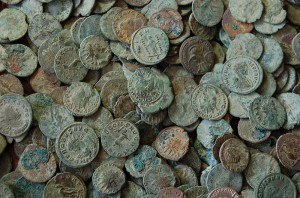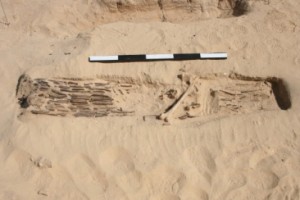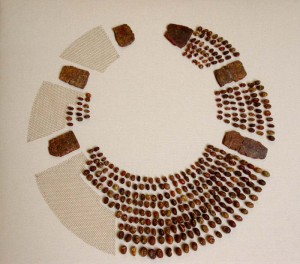
Coinage
Coinage emerged during the Iron Age as symbolic tokens, and gradually took on a role as a formalised method of exchange – first on the basis of their intrinsic value and later for their agreed symbolic value, as in our own fiat coinage. Throughout their existence coins have been hoarded, usually surviving due to accident but sometimes also because of their deliberate votive burial.
Continue reading →



